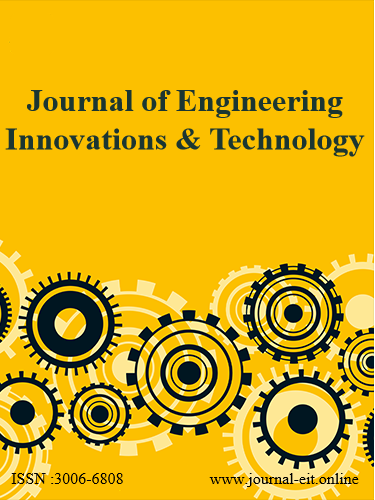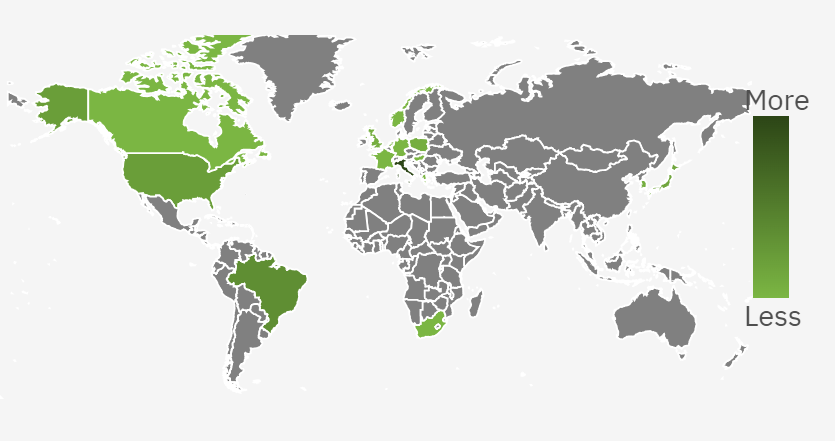Journal Article
A Bayesian Networks-based Risk Prediction and Decision Support System for Financial Markets
by
Yufei He
, Haihao Luo
, Zongze He
, Jiaxin Chen
, He Wang
and
Tianheng Wang
JEIT 2024 6(4):254; 10.69610/j.eit.2024103101 - 31 October 2024
Abstract
With the rapid development and increased complexity of global financial markets, the effectiveness of risk management becomes more and more important. In this paper, a Bayesian network-based financial market risk prediction and decision support system (DSS) is proposed to enhance the accuracy and efficiency of financial decision making. The system architecture includes an input
[...] Read more
With the rapid development and increased complexity of global financial markets, the effectiveness of risk management becomes more and more important. In this paper, a Bayesian network-based financial market risk prediction and decision support system (DSS) is proposed to enhance the accuracy and efficiency of financial decision making. The system architecture includes an input data module, an inference engine, and a user interaction interface, emphasizing data integration and real-time processing capabilities. The input module is responsible for collecting real-time and historical financial data, and the inference engine utilizes Bayesian inference algorithms to assess risks and generate decision recommendations. It is shown that the system is able to effectively capture the complex dependencies of variables in the financial market, provide accurate risk prediction, and thus help decision makers to make scientific judgments in a dynamic environment.
In addition, the user interaction interface is designed to make the system more user-friendly for quick understanding and application of risk assessment results. The integration and maintenance strategy of the system ensures the stability and scalability of the DSS and lays the foundation for future functionality enhancements. Despite the positive results of this study in financial market risk management, there are still some challenges, such as the dependence on the quality of input data and the increase in computational complexity. Future research could explore the integration with other machine learning techniques to further enhance the prediction capabilities

